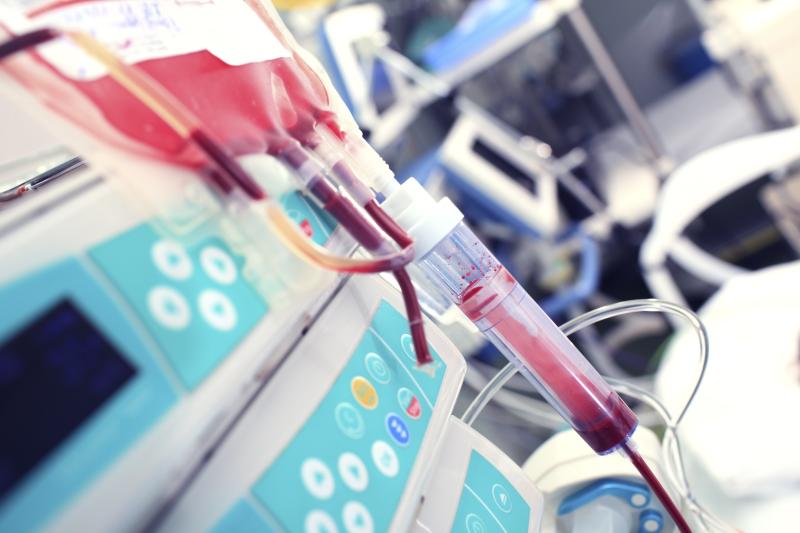
Treatment with fludarabine, cytarabine and G-CSF (FLAG) in combination with gemtuzumab ozogamicin (GO) or idarubicin (Ida) is associated with high remission rates among patients with newly diagnosed core binding factor acute myelogenous leukaemia (CBF-AML) with low induction mortalities, reports a study.
However, FLAG-GO compared to FLAG-Ida regimen leads to better relapse-free survival (RFS) and quantitative reduction in fusion transcript ratio, as shown in the results presented at the 61st Annual Meeting and Exposition of the American Society of Hematology (ASH 2019).
“Serial quantitative monitoring of fusion transcript identifies patients with better chances of sustained remission,” the researchers noted.
Of the 162 patients with newly diagnosed CBF-AML (median age, 49 years; range, 19–78 years; 15 percent were >65 years) who received treatment between April 2007 and January 2018, 57 (35 percent) were treated with FLAG-GO. A great majority of the patients (n=154; 95 percent) achieved complete remission (CR), and six (4 percent) achieved CR with incomplete platelet recovery. Two patients, however, died within the first 4 weeks. [ASH 2019, abstract 290]
The median number of cycles of therapy was five (range, 1–7) out of the planned total of seven, and the limiting factor in the delivery of all planned cycles was prolonged cytopenias. Age, cytogenetic subgroups and presence of kinase (KIT, FLT3, RAS) mutations were comparable in patients treated with FLAG-GO and FLAG-Ida.
Five-year overall survival (OS) and RFS during a median follow-up of 6.5 years were 71 percent and 75 percent, respectively. Both treatment arms showed similar OS (p=0.7), but the FLAG-GO regimen was associated with significantly better RFS (p=0.02). At 5 years, RFS was 87 percent with the FLAG-GO regimen and 68 percent with the FLAG-Ida regimen. RFS was not influenced by the presence of KIT (p=0.6) or any kinase mutation (p=0.8).
RFS improved following reduction of fusion transcript ratio by 3 log at end of induction (p=0.01) and by 4 log at end of cycles 3–4 (p=0.03) and end of all cycles (p=0.001). FLAG-GO regimen, but not cytogenetic subgroups, correlated with greater reduction in fusion transcript. Moreover, there were significantly more patients in the FLAG-GO vs FLAG-Ida regimens who achieved reduction of fusion transcript to <0.01 by mid-consolidation (76 percent vs 42 percent; p=0.002).
A FLAG regimen has been the frontline treatment for patients with CBF-AML since 2007, initially in combination with GO (3 mg/m2 on day 1 in induction and in two of the planned six postremission cycles) and, after withdrawal of GO from US market, in combination with Ida (6 mg/m2 on days 3 and 4 in induction and in one postremission cycle during cycles 3–6.
The researchers evaluated fusion transcripts, RUNX1-RUNX1T1 or CBFB-MYH11, at baseline and monitored these every 2–3 months using quantitative reverse transcriptase polymerase chain reaction during consolidation therapy.